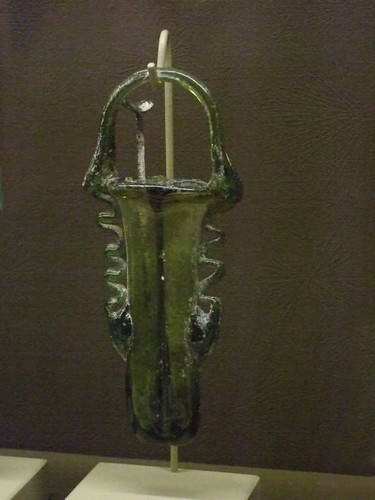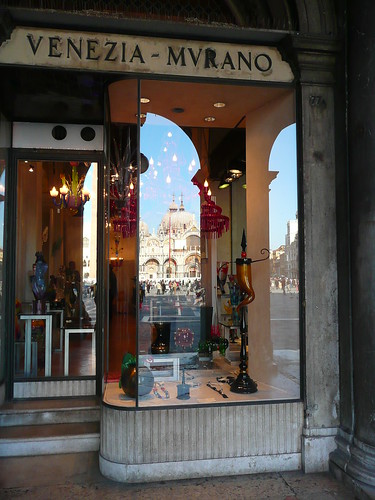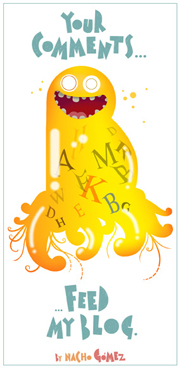Here we will be learning: What the f@#! is lampworking!?

So I've noticed that most of my readers are not ones who come from a glass art/ or art bead background and I've from time to time blathered on about lampworking like you should know what it is, when really you shouldn't, and its a confusing word to say the least.
Lampworking, lampwork beads, etc, have nothing to do with lamps. Lampworking is a type of glass work that uses a torch to melt clear and colored glass rods. The word lampworking comes from the Italian perle a lume. Perle meaning beads and lume referring to the torch, but also translates to lamp in English, so now we know where the confusion comes from. (This forum about lampworking is the only reference i could find online that was correct.)
I've also heard that its called lampworking because originally oil fueled lamps were used, which may or may not me true, but 5000 years ago the Egyptians used small furnaces to make little hollow vessels, so it is conceivable that an oil lamp could produce enough heat.
image from flickr creative commons
Along with little vessels the Egyptians, and also many other cultures, made 'evil eye beads' that one wore to ward off evil. Lots of lampworkers today carry on the tradition of making their own version of evil eye beads including one of my favorites, this velocity evil eye bead by Genea.
So lampworking has been very big in Italy, particularly in Venice and on Murano island- actually this was around the time that glass-blowing became widely used and all the glass artists were sent to the island because their craft was a fire hazard!
Anyway, during the Renaissance different types of glass working techniques were being used and improved upon all over Europe. The techniques were passed on from father to son, and it wasn't till the mid-twentieth century that lampworking really spread to artists in North America and became popular in China, Japan, Australia, and other countries. If you're interested in reading a more complete history, yet still rather brief, check out the Art Glass Lampwork History Page at www.theglassmuseum.com (most of my info can be found there) or you can find some info on wikipedia.
If you want some more eye-candy, I highly suggest checking out the Harvard Museum of Natural History glass flowers. In 1886 Leopold Blaschka and his son were commissioned to this project and it currently contains over 830 plant species.





















8 comments:
Hey I like how that looks! I could give two shits about beading or anything but I do like looking at the colors.
And I definitely thought lampworking was gonna be about making lamps hah.
PS. Thanks a million for the help with math and your shout out on this post =P
Yeah- I pretty much thought beading was lame until I learned how to make bead- with fire. I also thought math was lame until I got to help you out haha.
Thanks for bringing us dummies up to speed on the whole "what the fuck is lampworking, anyway?" question. I knew that it actually had nothing to do with making lamps (I think I remembered this fact because it was so stupidly contradictory) but had no idea what it actually was. Now I know, and can taunt people with my awesome new knowledge.
Also, I think I've been fascinated by anyone who works with glass since I read The Mirror Makers by Claire Colvin. You are now officially too hot, too smart and too creative to be legal.
PS - I totally overused the word "actually" in that comment.
I love it!! Where do I learn to do it? How do you buy supplies, is there a how-to book??
A Murano / Venice picture. Sweet!
I want to try to make glass like the Romans. Have you seen the really old pieces where the irridescence forms on the surfaces?
I think I know what you're talking about- I wonder if its by some 'accidental fuming' check out the , they have a pic of an old set up. I can buy some soft glass that comes with an irridescence, but its hard not to burn off.
sorry its the frantz art blog...
Post a Comment